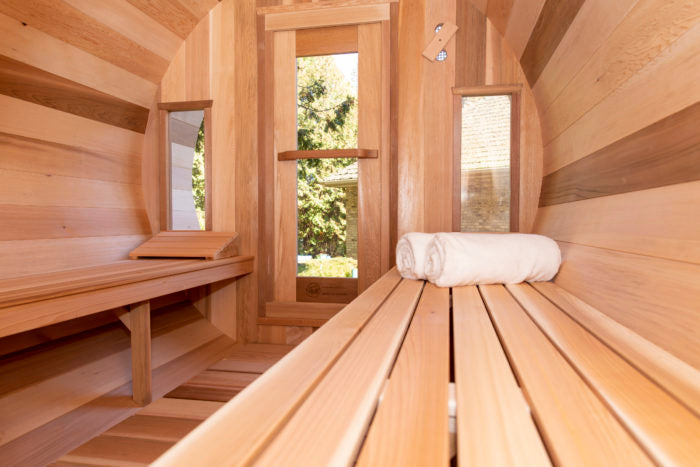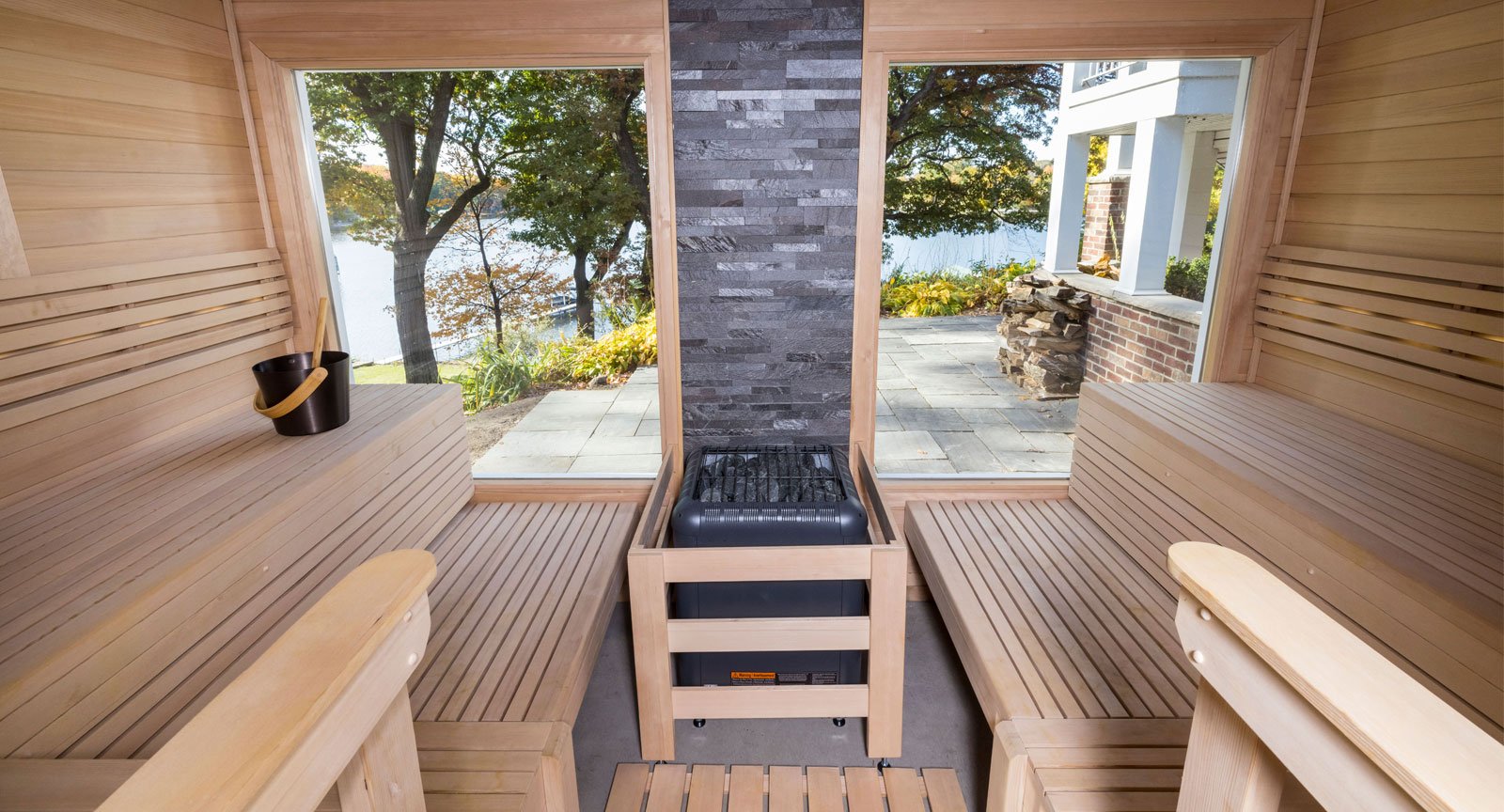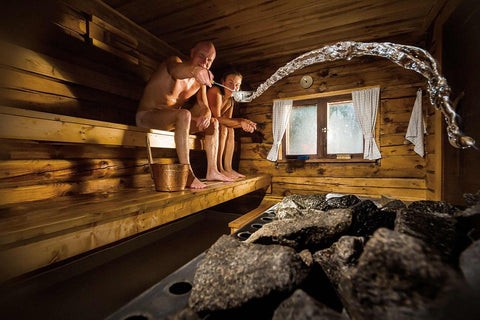The Buzz on Traditional Sauna
Table of ContentsLittle Known Facts About Traditional Sauna.What Does Traditional Sauna Do?Some Known Facts About Traditional Sauna.Traditional Sauna Things To Know Before You Get This7 Easy Facts About Traditional Sauna Shown
The majority of the weight lost in a sauna is water loss and is re-gained upon rehydrating. Nevertheless, undeniably sauna can be a fundamental part of a healthy weight loss program. To consider the differences between typical and IR saunas, I will certainly divide these right into proven, academic, and produced distinctions.Therefore, the best factor in the saunawhich goes to the ceiling directly above the sauna heateris typically between 185 and 190 F. Claims that a typical sauna surpasses 200 F is simply not real and not suitable for electric saunas offered in the United States. The temperature level for a far-infrared sauna is usually established in between 120 and 140 F; nevertheless, unlike the traditional sauna, the objective in and IR room is not to attain a heat.
As a result of this, the temperature level difference is virtually unimportant, given that excessive sweating leads to both sauna types, but the approach of heating up the body is different. In an IR sauna the bather will feel hot and will sweat profusely, yet at much reduced temperatures (Traditional Sauna). Hence, if the goal is to spend longer time periods in the sauna, the IR sauna is a great selection
When a conventional sauna has been properly heated, the sauna walls are warm, the air temperature has achieved set temperature level and the rocks are extremely warmed. As an intriguing side note, the heated walls and the rocks are giving off far-infrared warmth, integrated with the heated air, to create an "covering warm".
The Buzz on Traditional Sauna

When the heat is attained, the components cycle on and off to keep the heat. The majority of typical sauna customers appreciate putting water over the rocks to develop heavy steam to elevate sauna moisture levels. The benefits of pouring water over the rocks consist of: making the room much more comfortable, dampening the nasal flows, and permitting the usage of aromatherapy by blending vital oils with the water.

When the energy enters the body, it causes the body temperature to boost and inevitably causes perspiration. In an infrared sauna it's crucial for the emitters/heaters to continue to be on practically regularly. Since there is no mass of rocks to keep warmth, the sauna will cool if the emitters shut down.
As discussed above, the sauna bather in an infrared room wants to place himself before running emitters to obtain optimal benefit from the heat. The home heating time for the 2 areas can be really various, depending upon just how the spaces are made use of. For a conventional sauna, a bather must enable 30-40 minutes for the room to attain a wanted temperature level and to properly pre-heat the rocks.
Traditional Sauna Fundamentals Explained
A well built sauna will typically achieve a temperature level of 150-160 F in regarding 30-40 mins. For hotter temperatures, the area might read what he said need to heat for a longer duration.

Standard saunas often tend to be bigger (hence utilize more power) than infrared saunas, although traditional saunas are absolutely offered in one and two person dimensions. For a two-person conventional sauna, 5x6 or 5x7 dimension is most popular. The leading bench can pleasantly seat two or three individuals and is additionally enough time to relax throughout the sauna session.
Unknown Facts About Traditional Sauna
The average expense per kWH of electrical energy in the U.S. is roughly $0.11, so a 4.5 kW heating system will set you back roughly $.50 to run for one hour, if the heating unit runs continuously for one hour. Usually a sauna heating system will certainly compete 75% of the very first hour and 50% of succeeding hours on given that the elements cycle once the set temperature level is attained.

Lastly, there is a seldom discussed distinction in the social experience in between the 2 rooms. While our click to find out more culture has actually shed some of the social advantage of the traditional sauna experience, it can be really socially fulfilling (Traditional Sauna). From family time in the sauna, to heart-felt discussions with significant others, to sauna partiesthe conventional sauna experience can bring about intimate mingling
Get This Report about Traditional Sauna
The majority of higher end infrared spaces include tinted light treatment, audio systems and full-glass fronts.